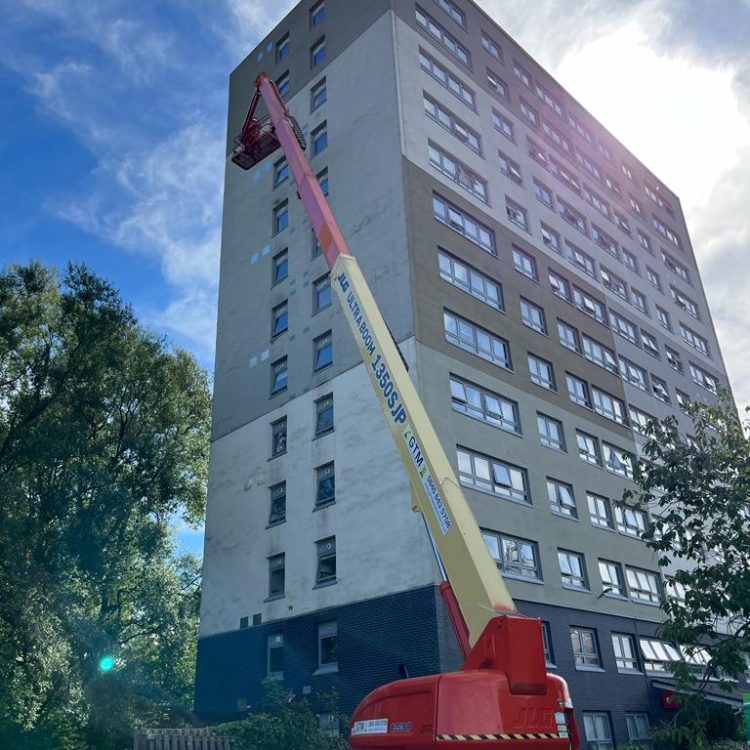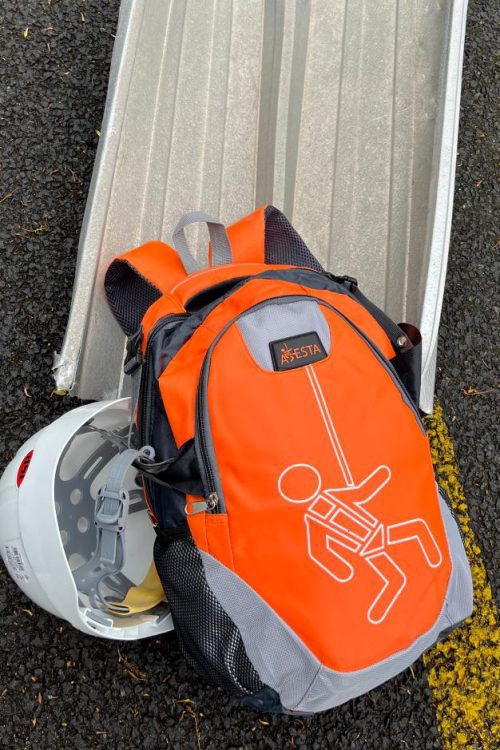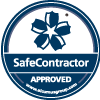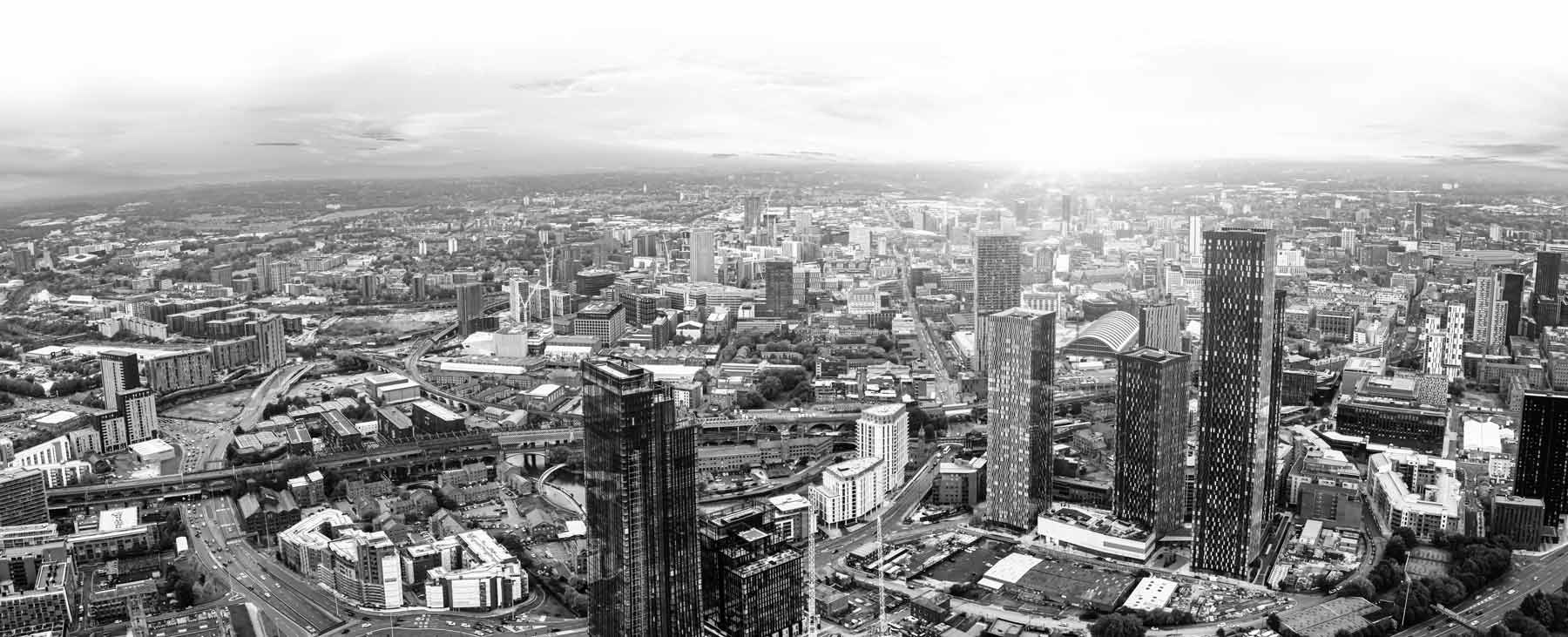UK Working at Height Regulations: Expert Guidance for Compliance and Safety!
As we all know, working at heights is dangerous…
But did you know just how dangerous it can be?
According to The British Safety Council, falls are the most common cause of workplace death, with forty individuals tragically losing their lives within the last year, which is eleven more than last year.

In light of this shocking discovery, we felt it was our duty as the “experts working at height”, to detail how we can prevent accidents by following the working at height regulations outlined by the British government in 2005, which were subsequently amended in 2007 to ensure the safety of the British workforce.
If you personally complete any work at height, manage individuals that work at height, or own a business that requires employees to work at height, it’s essential you’re aware of these regulations to protect your employees, team, or even yourself! So please, continue reading our article to ensure you are up to date with the latest safety practices.
Risk Assessment
Before any work at height commences, a thorough risk assessment must be conducted. This assessment should identify potential hazards, evaluate the risks involved, and determine appropriate control measures. It’s essential to consider factors such as the type of work, equipment needed, and the competence of the workers.
Competence and Training
Workers involved in tasks at height must be adequately trained, competent, and familiar with the specific job and equipment. Training should cover safe work procedures, equipment inspection, emergency response, and the proper use of personal protective equipment (PPE).
Use of Appropriate Equipment
Regulations require the use of suitable equipment for working at height. This includes ladders, scaffolds, cherry pickers, and fall protection systems like safety nets, guardrails, and harnesses. All equipment should be regularly inspected, well-maintained, and compliant with relevant standards.
Fall Prevention
Preventing falls is a primary objective when working at height. Regulations often require the use of guardrails, safety nets, and edge protection systems. Additionally, workers should use fall arrest systems like safety harnesses, lanyards, and anchor points when necessary.
Fall Arrest and Restraint Systems
Fall arrest systems are designed to stop a fall in progress and reduce the impact on the worker. Fall restraint systems, on the other hand, prevent a worker from reaching a fall hazard. Regulations mandate the proper use of these systems, and regular inspections and maintenance are crucial.
Inspection and Maintenance
Regular inspection and maintenance of all equipment used for working at height are paramount. Regulations typically stipulate inspection intervals and requirements for keeping records of inspections. Damaged or faulty equipment should be taken out of service immediately and repaired or replaced.
Emergency Procedures
Emergency procedures for working at height must be in place and communicated to all workers. This includes evacuation plans, rescue equipment, and first aid provisions. Workers should be trained in these procedures and aware of how to respond in the event of an emergency.
Weather Conditions
Regulations often dictate that work at height should not take place during adverse weather conditions, such as high winds, heavy rain, or icy conditions, which can increase the risk of accidents. Supervisors must monitor weather conditions and halt work if they pose a danger.

Work at Height (Amendment) Regulations 2007
In addition to the WHR 2005, the Work at Height (Amendment) Regulations 2007 introduced several important amendments to further enhance safety when working at height. These amendments included:
Clarification of the Meaning of ‘Work at Height’
The 2007 amendments provided a more precise definition of ‘work at height’ to ensure that the regulations covered a broader range of activities where the risk of falling was present. “Working at height” within these regulations can be defined as:
(a) working in any place where, if there were no precautions in place, a person could fall a distance liable to cause personal injury (except while descending or ascending); and (b) reference to work at height is to be construed accordingly.
This definition essentially states that any work conducted in a location where a person could fall and sustain personal injury if proper precautions were not in place falls under the category of “working at height.” It includes not only working at elevated levels but also any activities that carry the risk of falling, even if the fall is during ascent or descent.
Exemption for Arboricultural Operations:
Arboricultural operations, such as tree climbing and maintenance, were exempted from certain aspects of the regulations, provided that equivalent safety measures were in place.
Protection from Falling Objects:
The amendments introduced specific requirements for protecting individuals from falling objects when working at height.
Competence for Inspections:
Competence requirements for those carrying out inspections of work at height equipment were clarified and reinforced.
Requirements for Collective Fall Prevention Measures:
Additional provisions were introduced for collective fall prevention measures, including guardrails and working platforms.
Additional Guidance:
The 2007 amendments provided additional guidance to help duty holders understand their obligations under the regulations. By incorporating these amendments into existing regulations, the UK aimed to strengthen its commitment to ensuring the safety of individuals working at height.


